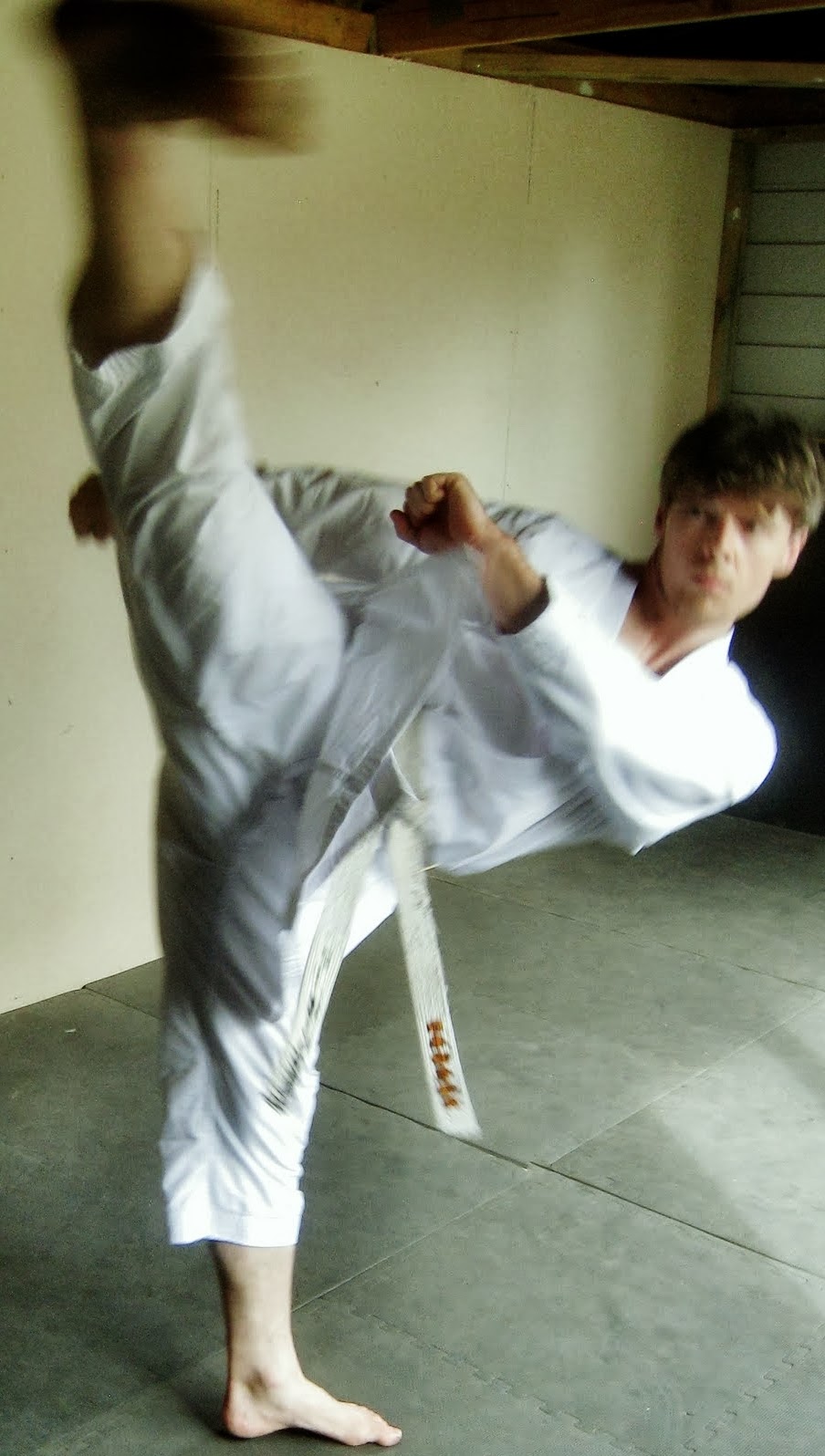Anyway, to keep my body moving (and
practicing a little) whilst unwell and resting at home, I used the chance to go
through small sections of kata. For example, movements 1-3 of Bassai Dai;
various sections of Kanku Dai—especially the last quarter; gedan barai kara
age-zuki in Empi; and the gedan-barai doji ni jodan uchi-uke (followed by both
kagi-zuki and sokumen jodan morote-uke) in Jion.
Clearly, nothing can replace actual
training sessions; nevertheless, this still gave me some aspects to work on
whilst sick. My point is that, if we are determined enough, we can always adapt
karate-do for our condition.
Finally, I’m back to
the norm this week. However, in light of the aforementioned comment, I will be
taking it easy: to allow my body ‘the chance’ to fully heal and, more
importantly, to avoid a relapse. Kindest regards, from Kumamoto-ken, André.
© André Bertel. Aso-shi, Kumamoto, Japan (2014).








